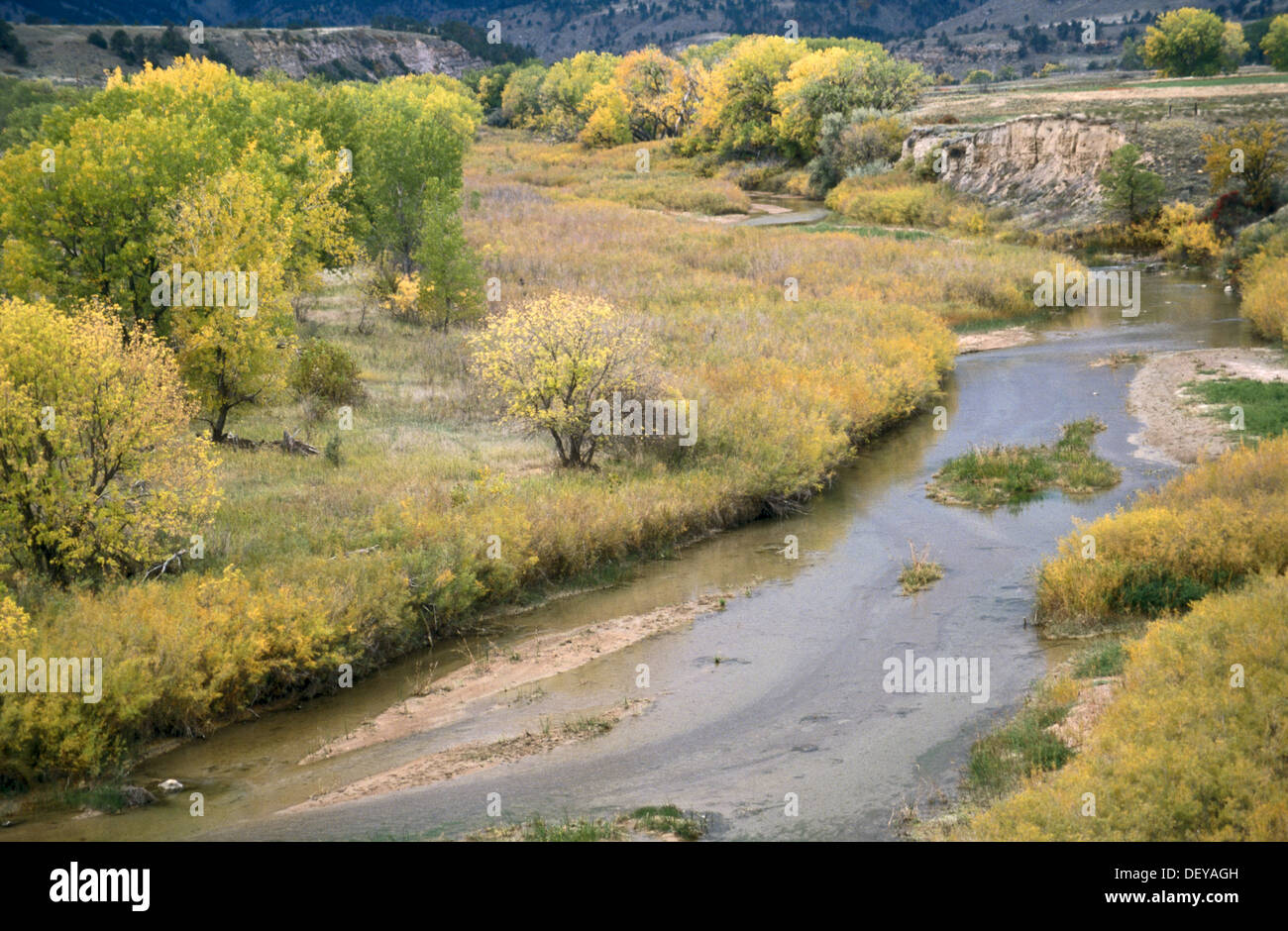Kyle Hauck
Member
I LOVE waterfowl!!! But.......there comes a time between Saskatchewan and South Dakota where I love to chase deer, especially with my dad while we can still do it. I mostly chase whitetail, although I haven't shot a mule deer in over 15 years and I might try to stick one with my bow this year but that's a story for another time. I grew up chasing deer with my dad, he was never into waterfowl and any type of birds. My dad and myself have been privileged enough over the last 5-8 years to hunt on his brother 115 acres of property. We've been able to harvest some really nice whitetail including this beautiful 4x4 last year that is the last deer harvested on the property as he is selling for a larger place in Wyoming. This being the case, I am planning for my Dad and I for a public land deer hunt this coming fall and I've stumbled upon a very nice piece of public property that is easiest accessed by kayak/canoe/ducker perhaps. The river will not flow enough for an actual boat. I am very, very excited as hunting growing up was a daily activity and we are looking at this as doing a multiple day, overnight, deer camp style event.
The logistics is why I am here, as you all seem to have quite the knack for boats and me growing up in the Midwest is not my fortitude, haha.
The proposed camp is 8.5 miles downstream with the pickup point at the end of the trip being another 14 miles downstream after that. We will be looking at light camping for 3-5 days eating prepackaged breakfast burritos, potatoes, ramen, etc. and hopefully deer steak. The trip is going to be for 4 gentlemen all with their own vessels.
I am looking at purchasing this. https://www.cabelas.com/...wcB&gclsrc=aw.ds It has a 450lb capacity which should be more than enough for probably my dad to navigate with.
At this point I plan on using my ducker for the trip.
1. Will it be worthy of an trip of that length?
2. Is the capacity of 300lbs super strict?
3. What if it is at that or a little over? I don't want to stress crack the boat or anything like that.
Any tips/tricks/etc from experienced canoe/kayak packers would be appreciated. Thanks!
View attachment IMG_20171118_154529_662.jpg
The logistics is why I am here, as you all seem to have quite the knack for boats and me growing up in the Midwest is not my fortitude, haha.
The proposed camp is 8.5 miles downstream with the pickup point at the end of the trip being another 14 miles downstream after that. We will be looking at light camping for 3-5 days eating prepackaged breakfast burritos, potatoes, ramen, etc. and hopefully deer steak. The trip is going to be for 4 gentlemen all with their own vessels.
I am looking at purchasing this. https://www.cabelas.com/...wcB&gclsrc=aw.ds It has a 450lb capacity which should be more than enough for probably my dad to navigate with.
At this point I plan on using my ducker for the trip.
1. Will it be worthy of an trip of that length?
2. Is the capacity of 300lbs super strict?
3. What if it is at that or a little over? I don't want to stress crack the boat or anything like that.
Any tips/tricks/etc from experienced canoe/kayak packers would be appreciated. Thanks!
View attachment IMG_20171118_154529_662.jpg
Last edited:



